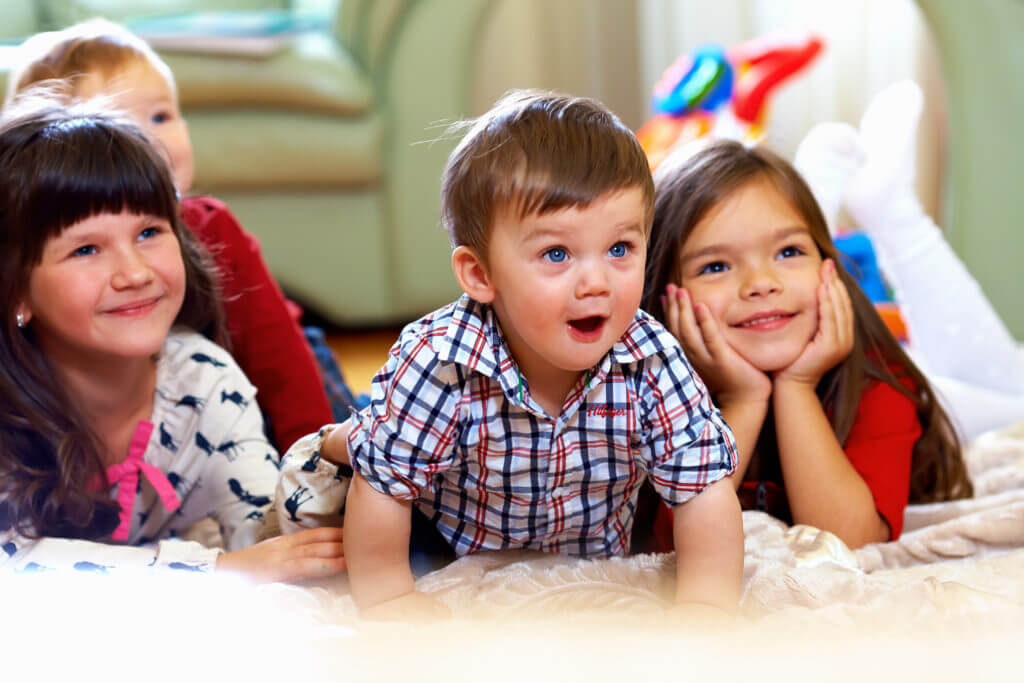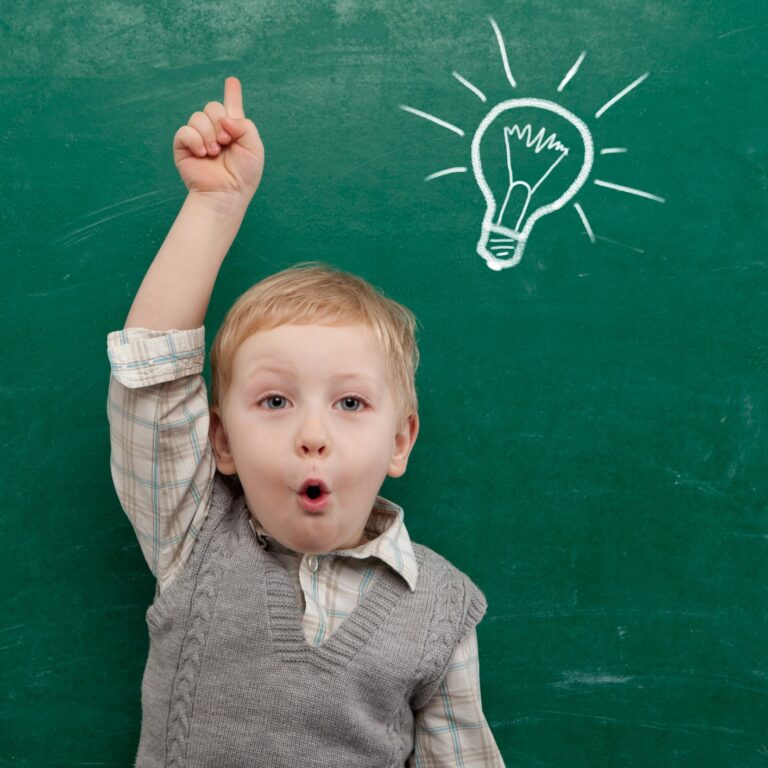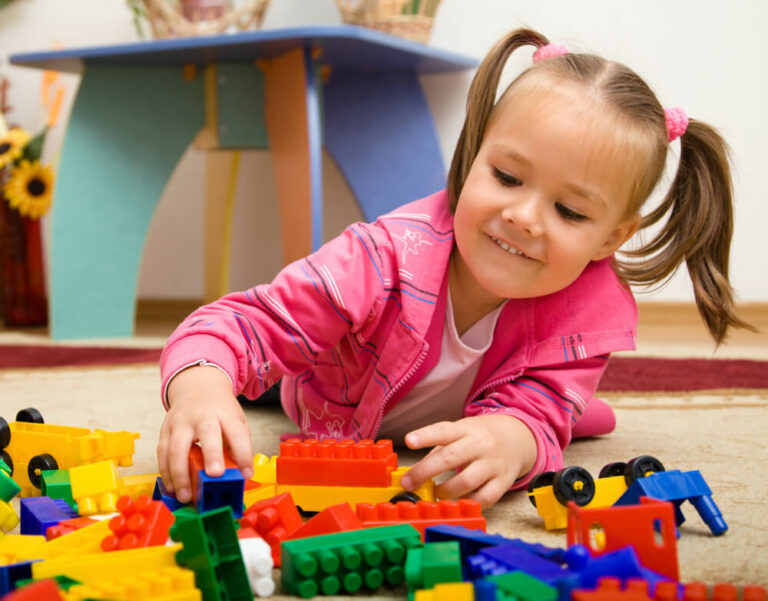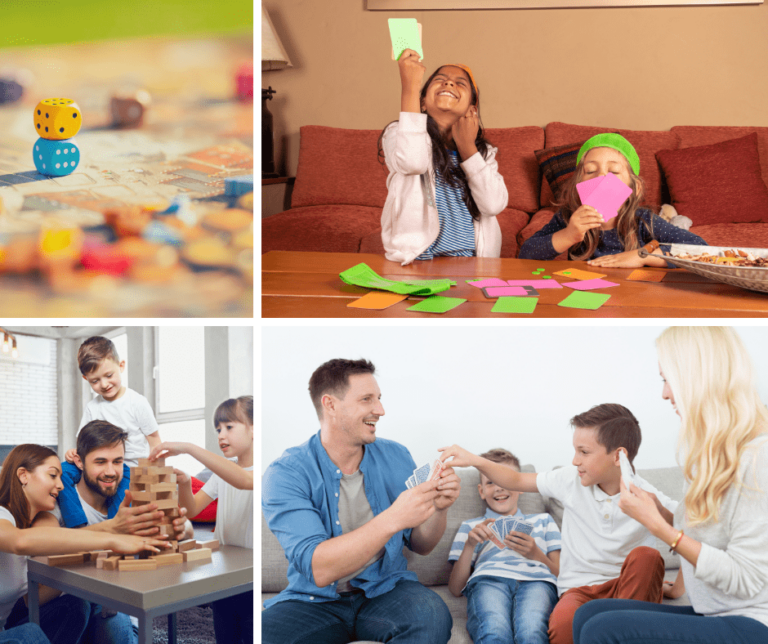
Childhood development is not an exact science. There are many different traits and abilities listed on hundreds of childhood development tables and charts. When thinking about your child’s development, the first thing you should do if you are concerned is talk to your child’s pediatrician. Not only will your pediatrician have different charts and measurements they can look at, but they also can screen your child for developmental delays with various tools. However, it is helpful for you to be familiar with the early childhood development stages to have an idea of how your child is progressing and are familiar with the terms your child’s doctor might use. We’ve included tips for development as well as a guide to help you learn more about development at each stage.
Tips for Development Stages
Birth to 18 Months
Babies change, grow, and learn a lot in this very early stage. You should speak to your baby a lot during this time because hearing your voice helps them develop communication skills. Other recommendations that can aid development at this time are short periods of tummy time and responding right away when your baby begins to cry. Here are common traits of this stage:
- Interest in objects, noticing music, looking for hidden objects, pointing to named body parts
- Smiling, responding to facial expressions, enjoys mirrors, clingy, tantrums
- Calmed when spoken to, laughs, communicate with gestures, knowing “no”, saying “no”
- Turning toward sounds, reaching for things, sitting up without support, climbing a step or two
18 Months to 2 Years
You must create a safe, nurturing space to maximize your child’s early growth and development during this age. Creating a predictable routine for your child will help them feel secure and grounded at this age. You should also aim to childproof your house and yard so the child can explore freely. Gentle discipline is another tip for this age range because it will guide and teach the children. You can boost their vocabulary skills by singing, reading, and speaking to them regularly. Here are common traits of this stage:
- Scribbles, plays pretend games
- Proud of accomplishments enjoys play-dates
- Knows several words, asking simple questions
- Dances and throws balls
3 to 5 Years Old
Children become more independent and capable during their pre-school years. They have a natural curiosity because of how much change they’re going through. During this time, you should continue to frequently read with them, show them simple chores at home, help them problem-solve when emotions are high, and choose to interact with family and strangers. These are things to look for at this stage:
- Completing a 3-4 piece puzzle, counting ability, naming many colors
- Offers affection, talks about likes and dislikes, aware of genders.
- Understood by family, knows first and last name, naming letters and numbers.
- They can catch a ball, hop, use scissors.
Hopefully, this information on the first few development stages of early childhood will help you notice how your child is progressing and how to aid them at each stage. If development ever seems to be delayed or stops altogether, you should contact their pediatrician. Call Heritage Learning Center if you’re interested in learning more about early childhood development! We have plenty of resources we’d love to offer you.





